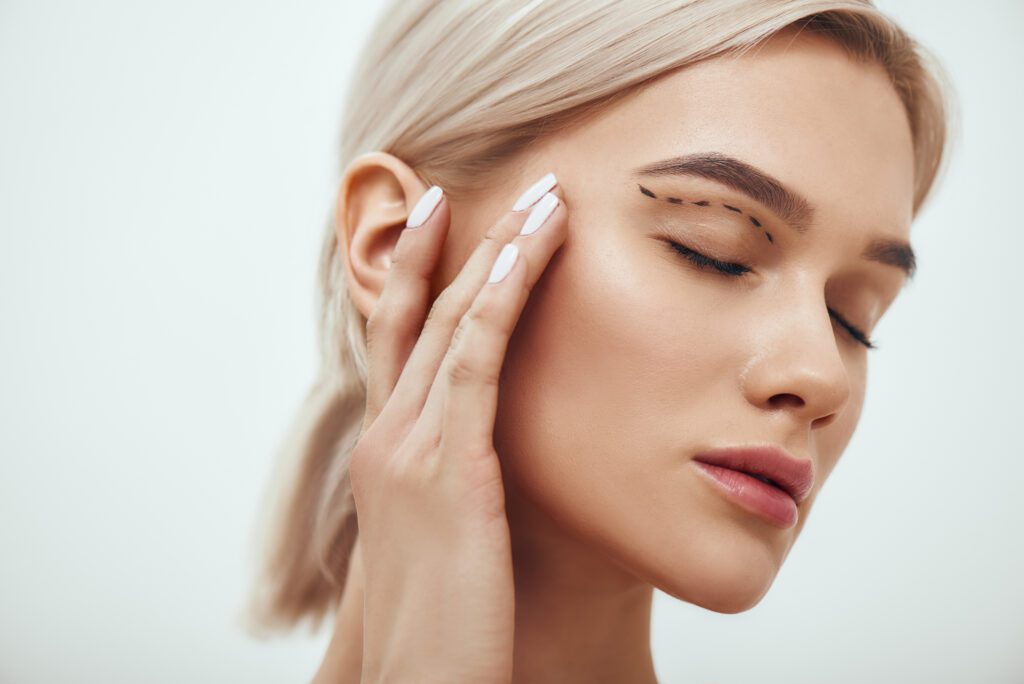Blepharoplasty Scars: How Long for Blepharoplasty Scars to Heal?

Table of contents
1.
Understanding the Blepharoplasty Healing Process
2.
5.
6.
7.
8.
Understanding what to expect week by week can help set your mind at ease. Here is a general timeline for blepharoplasty scar healing:
Remember, while most visible healing occurs in the first few months, it is crucial to consider the complete year-long maturation process.
Not everyone heals at the same rate or in the same way. Several factors contribute to how long it takes for blepharoplasty scars to heal and how the final scars appear.
Taking an active role in your recovery can help scars heal more quickly and appear less noticeable.
Yes, several treatments can help scars mature and fade more quickly once incisions have fully healed:
Options like Fraxel laser or RF microneedling can help improve the texture and color of scars. These treatments are particularly effective for upper eyelid scars, as they target the delicate skin without causing additional trauma.
Both treatments can be tailored to your individual needs, helping scars become less noticeable and improving the overall aesthetic result of your blepharoplasty.
Topical treatments may also support the recovery process and help minimize scarring. Following eyelid lift surgery, the use of products containing silicone gel can keep incisions moisturized, reduce redness, and promote proper scar maturation. Consistent application, as recommended by your surgeon, can make a significant difference in the appearance of your scars and the overall outcome of your procedure.
Dr. Jayaram is a board-certified ophthalmologist and fellowship-trained plastic surgeon who focuses on restoring youthful eyes through precise surgical procedures. She removes excess skin and other tissues in both upper and lower eyelids using lower or upper blepharoplasty, carefully working with the delicate eyelid skin to achieve natural-looking results. With her advanced techniques in facial plastic surgery, Dr. Jayaram ensures minimal scarring while improving both function and appearance, providing patients with safe, effective, and lasting outcomes.